Whether we're talking about dresses or kantha blankets, there is an abundance of options for shopping on the world's big-ole web!
There are plenty of legitimate stores, and there are definitely shady operators, too. By and large, you get what you pay for, and sometimes if you pay so little... you get: nothing.
A Fascinating YouTube Case Study on Scam Ads, Fake Stores, & Product Dupes
I came across this fascinating Youtube video from former BuzzFeed staffer Safiya Nygaard, called “I Bought The Same Dress for $4, $30, $60, & $200”.
On the surface, it seems like a silly lark, and a well-worked premise: “I bought different versions of the same thing and compared their quality.” But, this deep dive is practically investigative journalism!
In sum, Nygaard started seeing ads on TikTok for the same kind of dress: a floral, corseted waist-shaping dress. Not only did she see various ads for different dresses (all similar), she began seeing the exact same footage — photos, clips, endorsements from influencers — in multiple ads from multiple different store websites. How was it possible?
As it turned out, there was one “master” original dress, from a fashion house in London, and 30+ women on TikTok had recorded clips of themselves either trying on or raving about the dress. But, these clips had been reused (without permission) in ads and phony sponsored posts, directing traffic to buy “the dress” at 32 unique, other websites!

I've bought products that I saw advertised on social media; some have worked out well, and some have not. OF COURSE, I am in favor of online shopping — our niche shop would never have succeeded in person, and there are so many benefits I enjoy as a retailer and a customer.
But, as AI assistance & easy setup makes whipping up a site (and ads) easier than ever, opportunists are definitely at the ready to take advantage of shoppers.
How can we be diligent and shrewd about assessing ads, websites, & products that we discover online??
The Difference Between Dupes and Scams
In fashion, riffing, stealing, and trickle-down copying has been the modi operandi of all time; anyone who has seen Miranda Priestly dress down Andie for her cerulean sweater knows this.
“Dupe” (duplicate) content is huge on TikTok and Instagram — many people want to know how to get a pair of close-enough-to-Lululemon tights or similar-to-Anthro mirror without the high price tags. The quality of dupes vary, and while they may look identical online, in person typically reveal the difference from their OG counterparts.
For example, knock-off Lulus may just remind you how excellent the quality of the real thing is, and (and that they actually cost much more to make than the dupes). In many cases, the dupe may be a stand-in, but still doesn’t compare.
Anthropologie tends to have inflated prices for the actual product quality (average), which accounts for all the searching, styling, and tastemaking that is incorporated into the price. You may find a dupe that is a reasonable alternative & be as happy as if you had the “original”.

- Will the quality suck?
- How was it manufactured (transparency)?
- Is it fair to designers/creators?
- Will I be satisfied with it, or still want the original?
But, the internet is the wild west, and TikTok ads are the WILD, WILD west. A website that is shoppable does NOT guarantee that it is legit. Dupes are one thing, but outright lies are another.
Here are different considerations when you're not dealing with just a dupe, but maybe an outright lie:
- Where is this product coming from?
- Are the photos of the actual product?
- Are the reviews real?
- Are the claims (eco-friendly, etc.) true?
How to know if a website is a scam
Ok, let's say that you find a product you like and it's at a really good price. You don't want to miss out and overpay elsewhere, but you've never heard of this shop before.
Here are some practical ways to assess the site for legitimacy:
- How old is the website domain? You can check that easily, and for free, here. If it is newer than 6 months, take a closer look.
- Look for typos, odd grammar, or inconsistencies in the site's text
- Check for an address or phone number of the business, then look those up on Google or try calling
- Does the "About Us" page offer any info about the business? Can you cross-check with a search of the people or story elsewhere?
- Does the collection of products make sense, or is a random assortment (or worse, only the item you wanted)?
- Download the product photo, then do an image search to see if the same photo is used on any other sites
- Is the site under a known brand name, but... not quite? Make sure you're shopping the brand's official website, not a variation
A few more thoughts:
- If you're looking at a product and the price seems "too good to be true"... it almost certainly is. Like the $4 dress of the video, they may simply not send you anything.
- Tactics like countdown timers or massively slashed prices are used frequently by all kinds of stores, and don't necessarily mean a site is shady. BUT, fly-by-night, fake stores DO have the most urgency to capture your sale immediately. So, these sites will often throw a lot of these motivators at you.

You Get What You Pay for
In the video, the $36-$60 dresses turn out to be... fine. Not as promoted, there were definitely lies and misdirections, but wearable. The $4 dress was never sent at all. And the original, $200 dress was good quality, nice material, and beautiful.
We have seen the same to be true with kantha blankets.
You can absolutely buy hand-stitched kantha throws & quilts for lower prices than we sell them. But, like the middle-of-the-road dress dupes, there will be differences:
- The thickness/number of layers of cloth (this is the #1 difference we see among other kantha on the market. Typically, kantha are thin with 3 layers; dignify kantha are all made with 6 layers of muslin cotton)
- Edges are unfinished, frayed, ratty-looking
- Receiving a lookalike, rather than the actual blanket pictured (dignify photographs each, individual blanket and sends only what you have ordered)
- Holes, stains, aesthetics of matching
Barring any quality issues, there's just the reality that if you can buy a beautiful, handcrafted blanket at a low price... someone has gotten the short end of the stick. The work conditions were likely poor or exploitative.


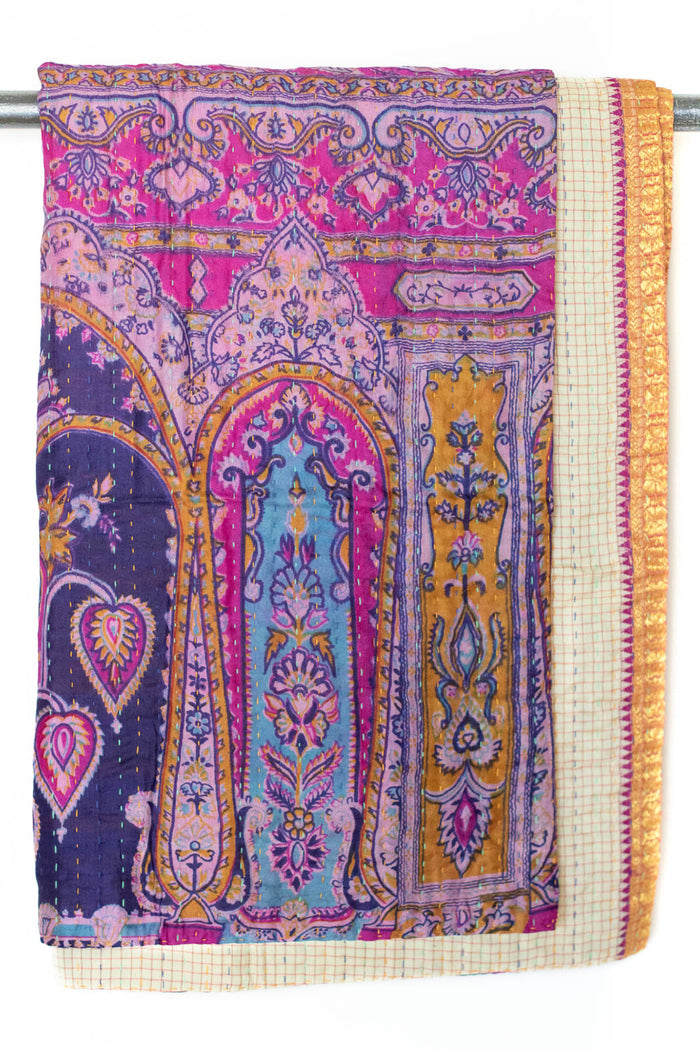
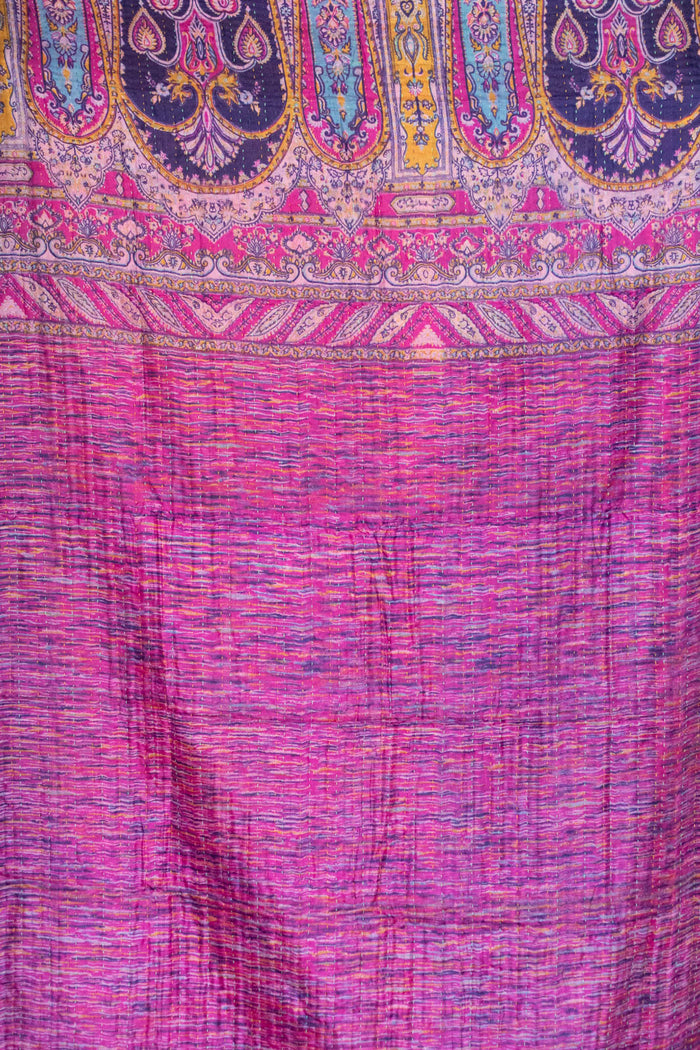
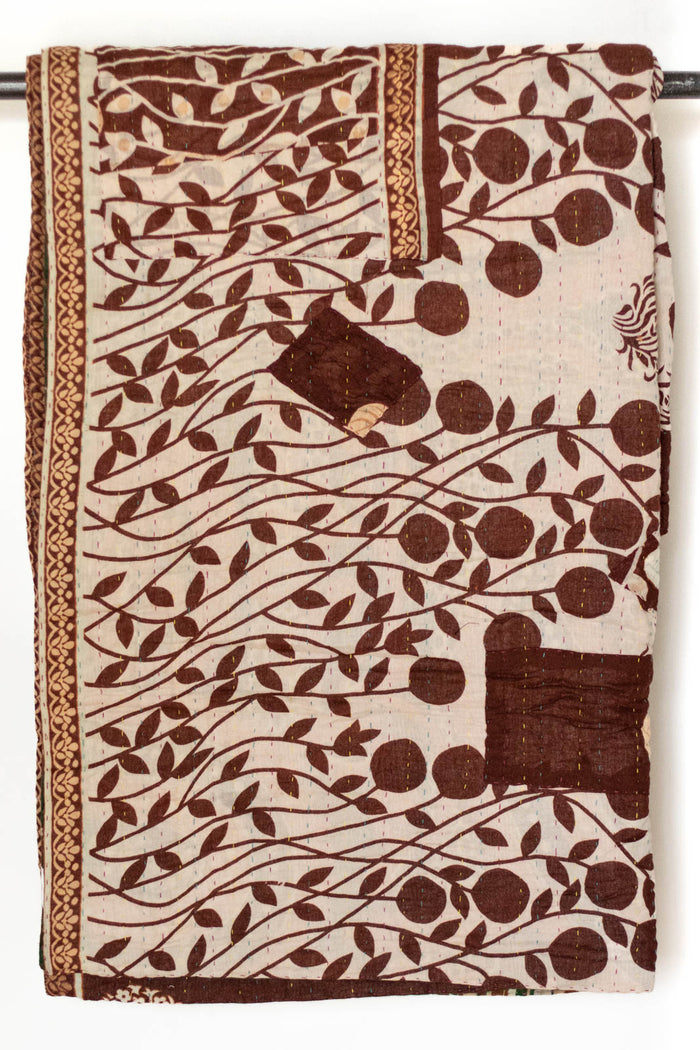
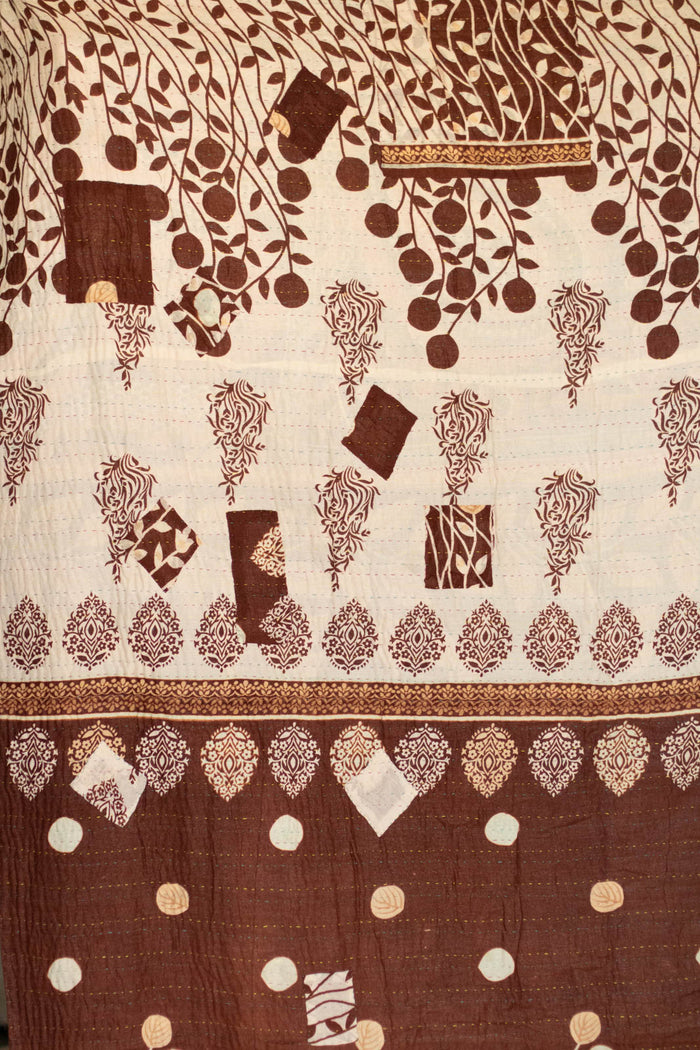
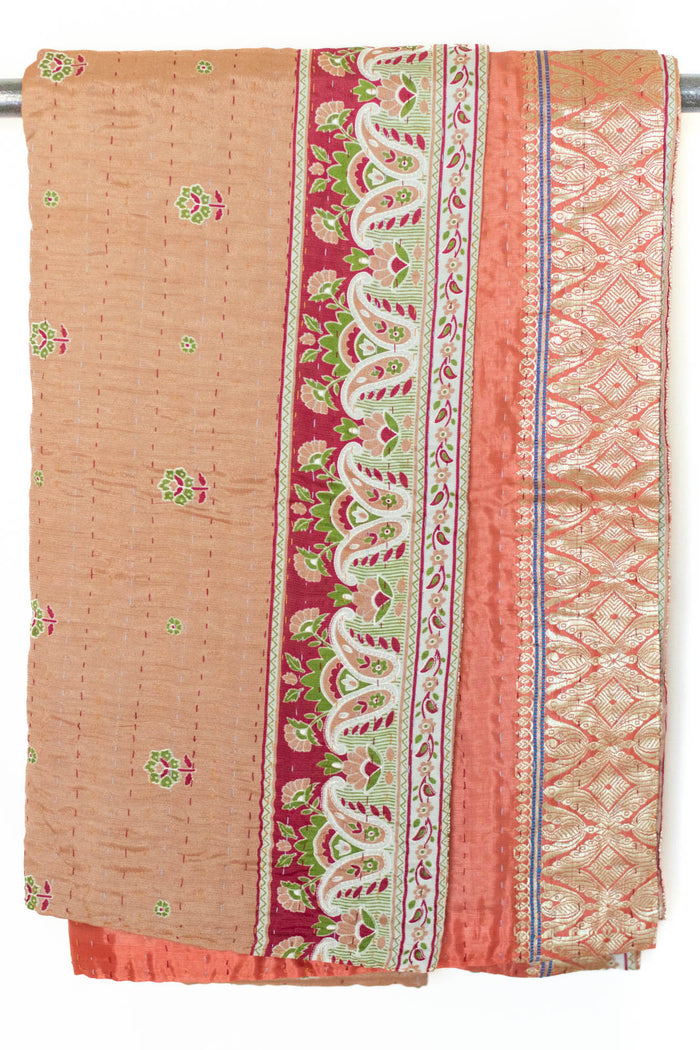
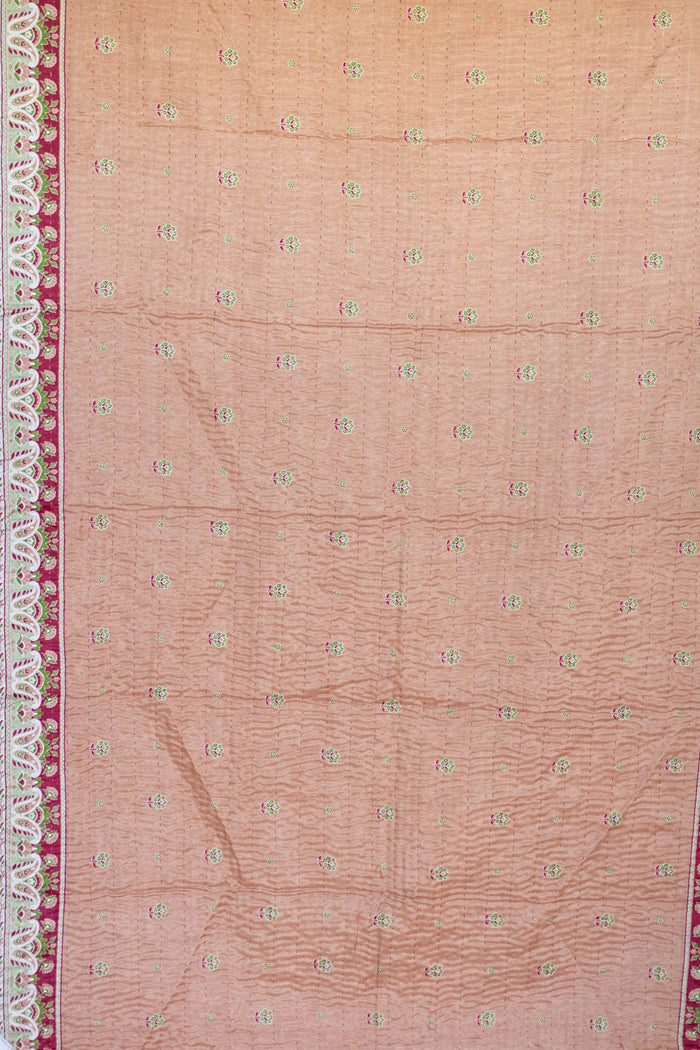
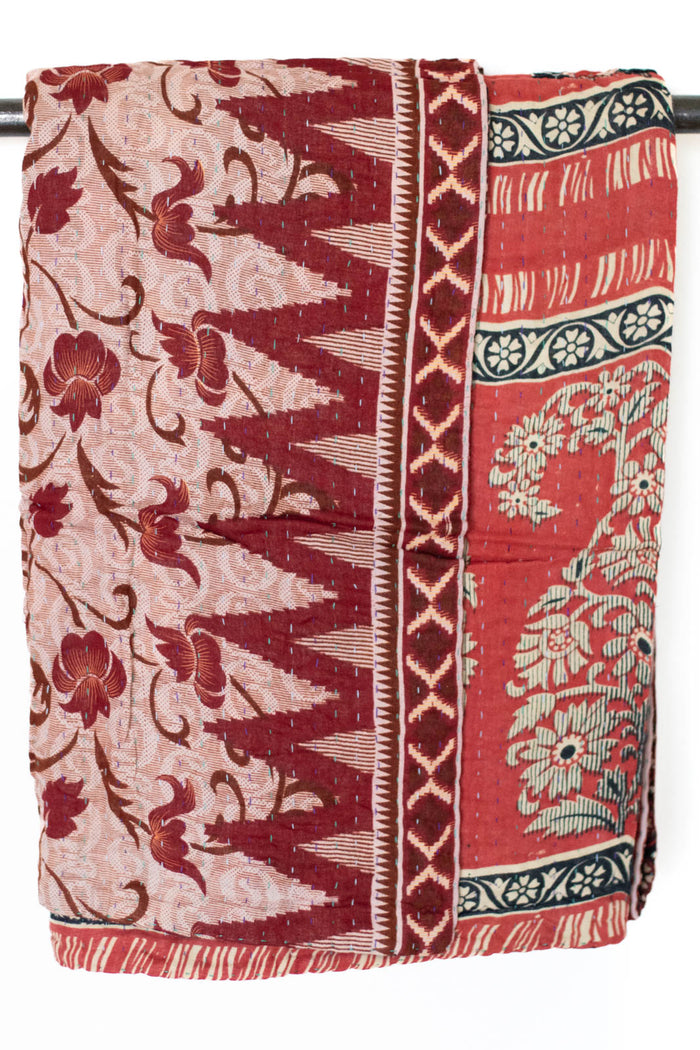
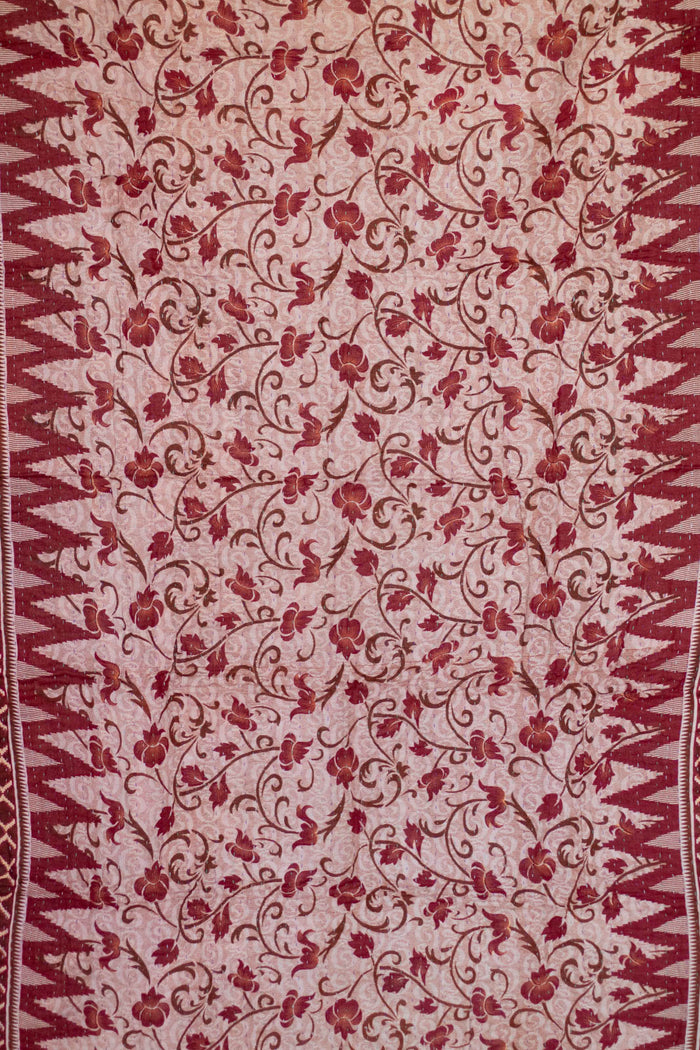
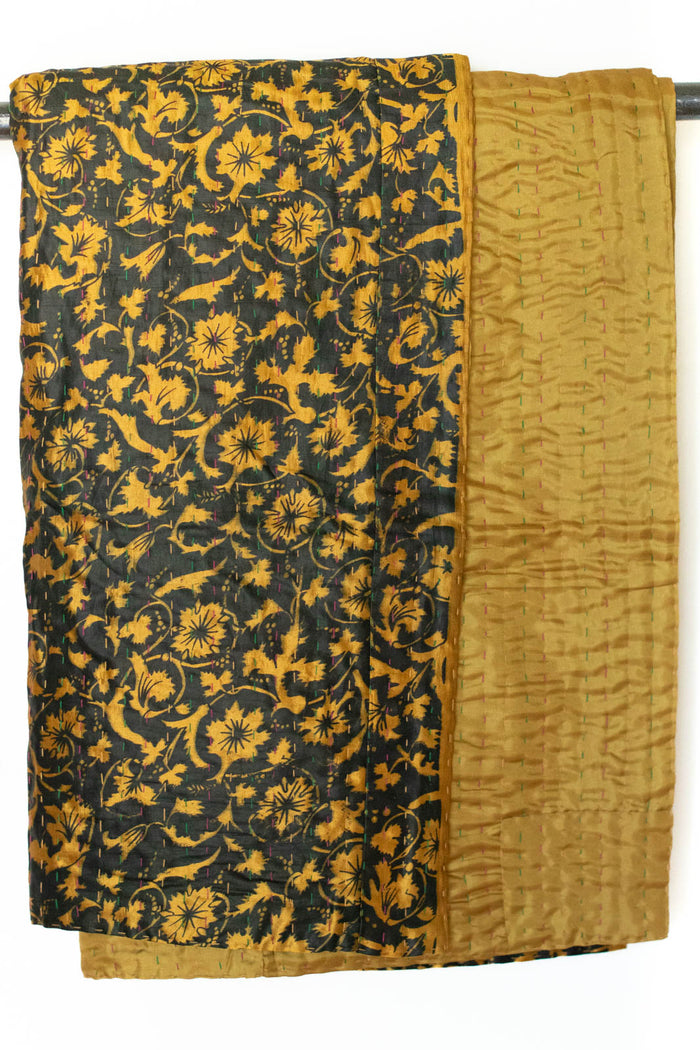
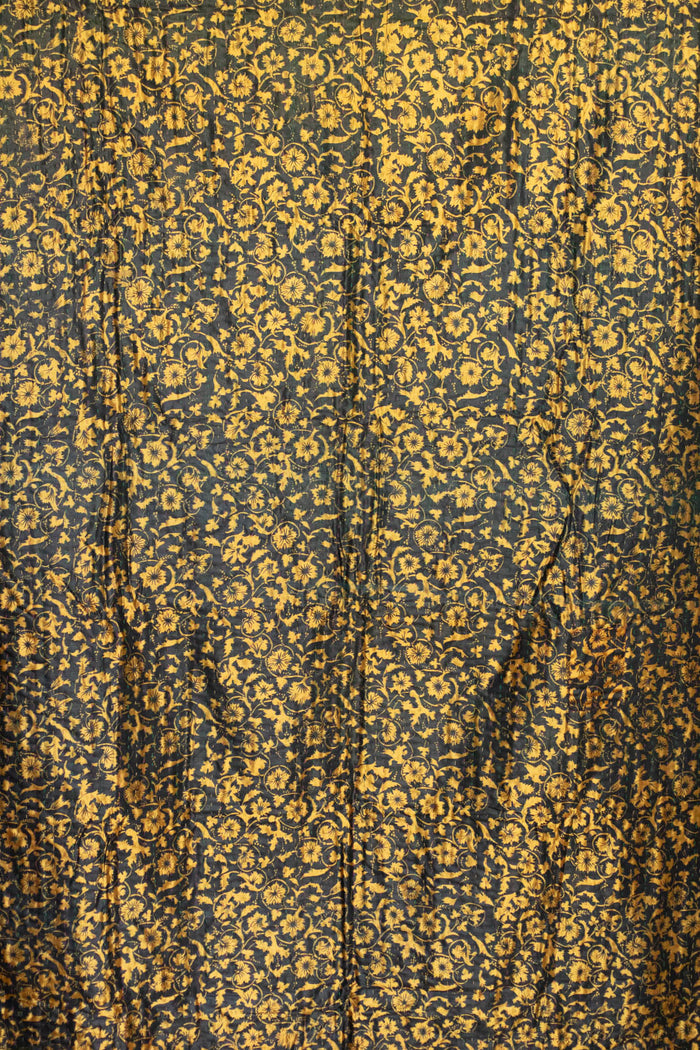
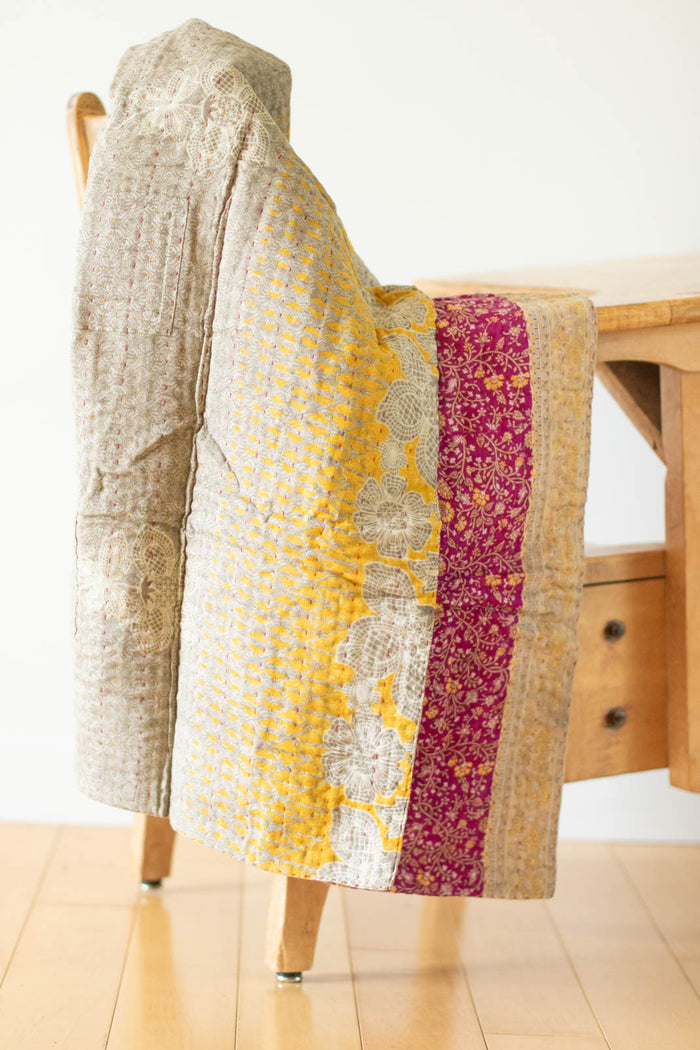
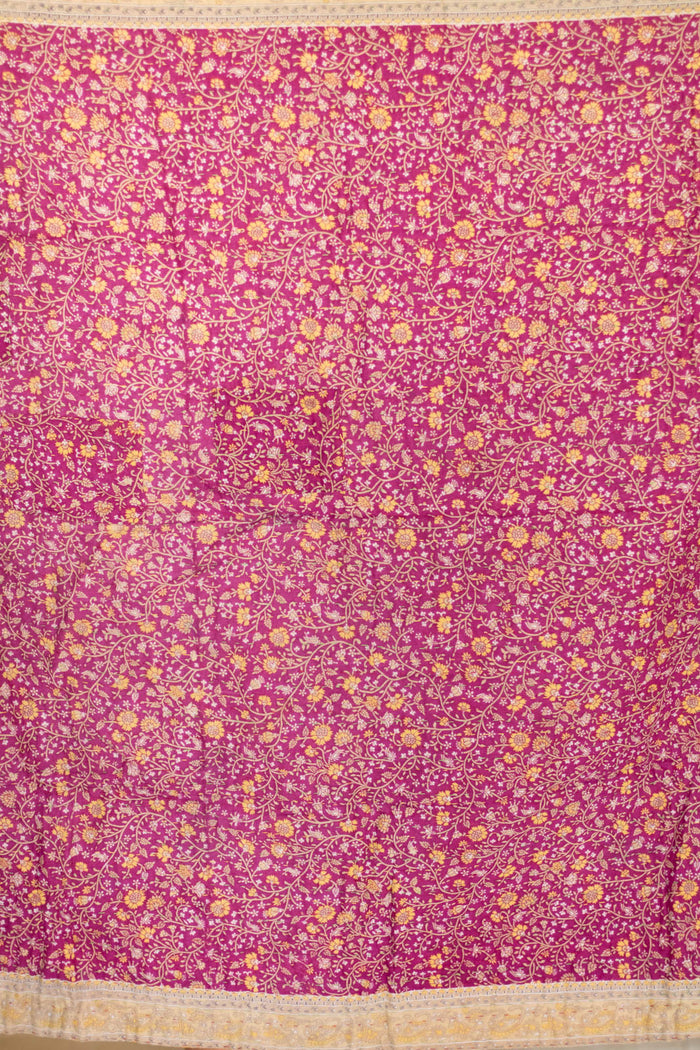
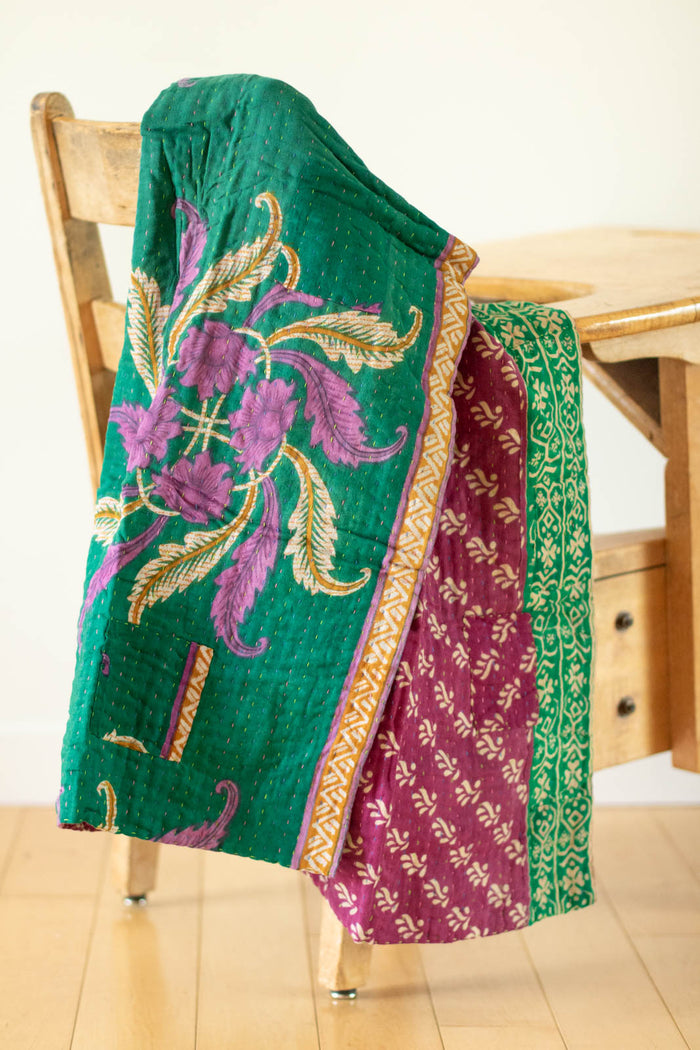
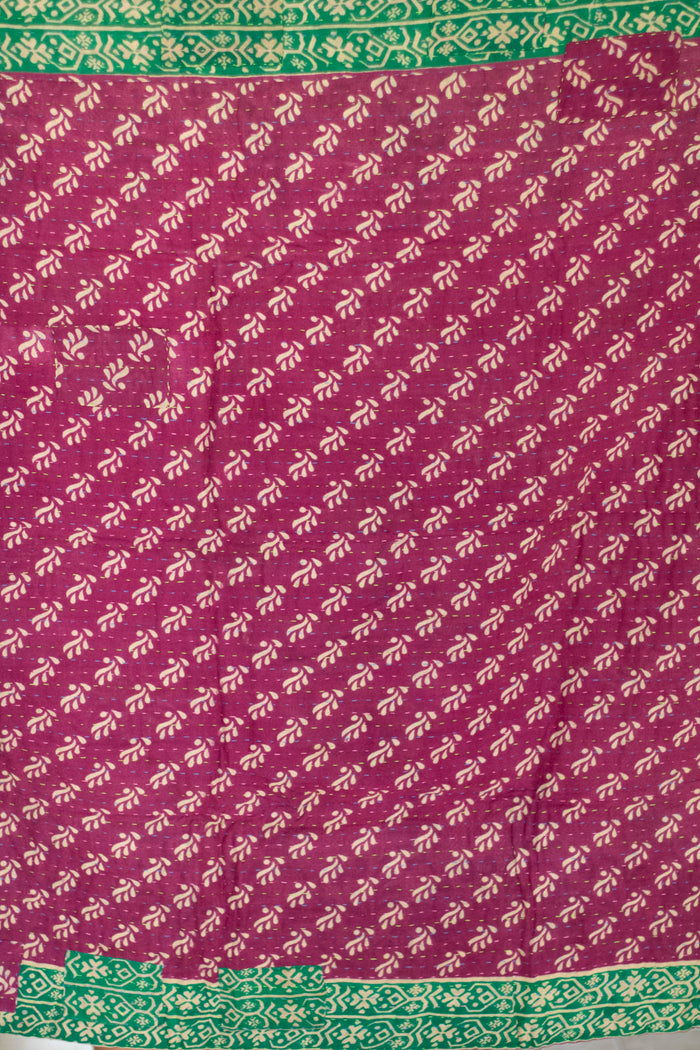
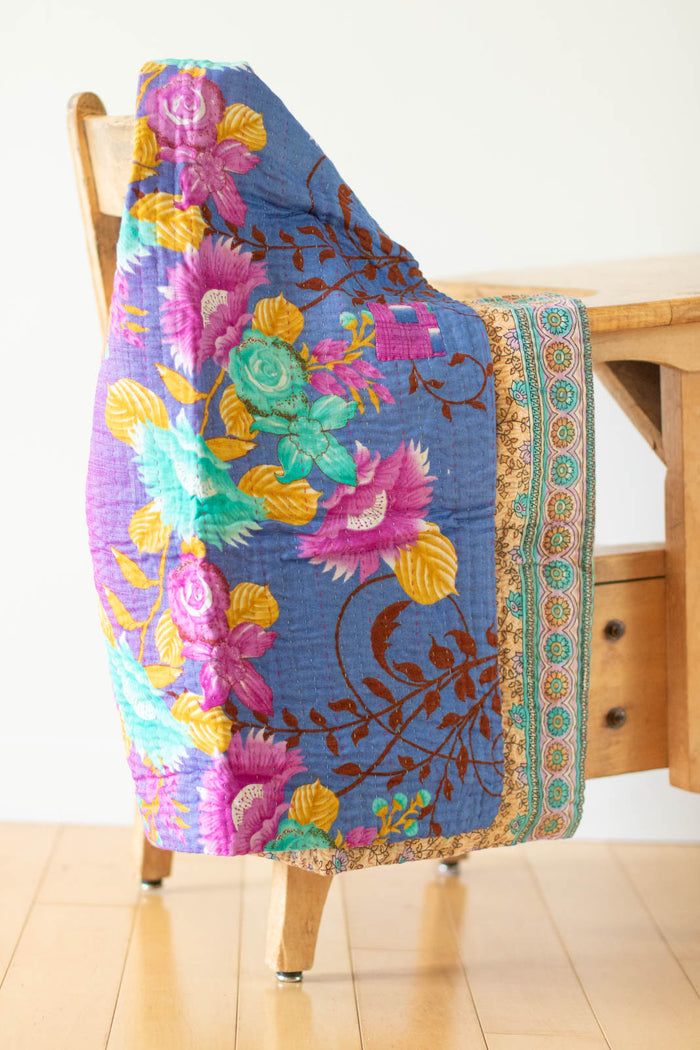
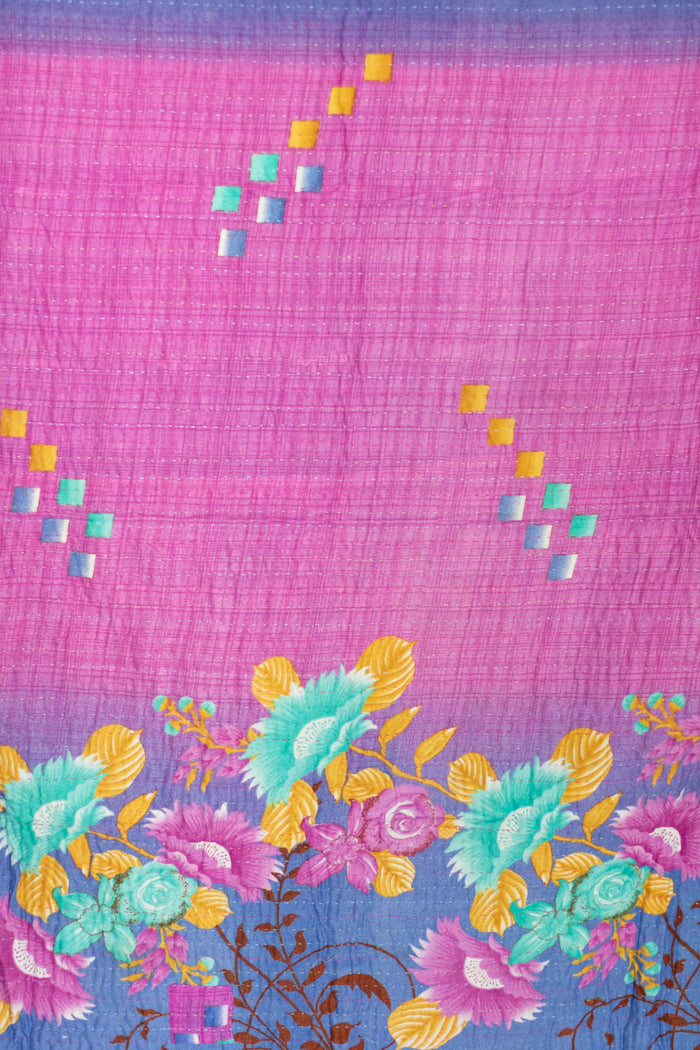
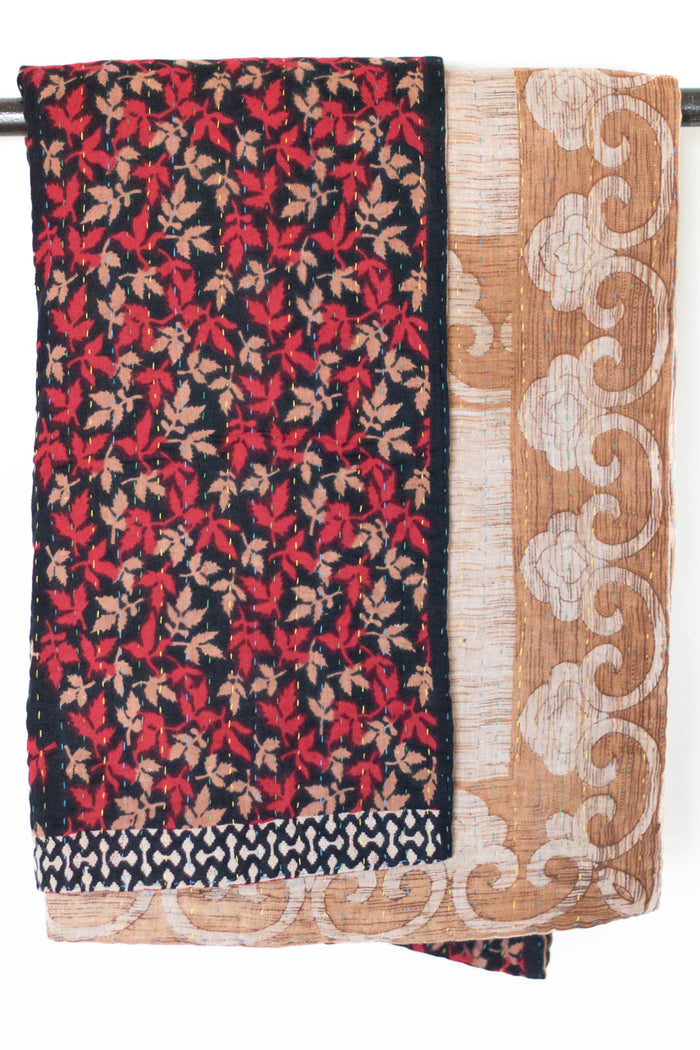
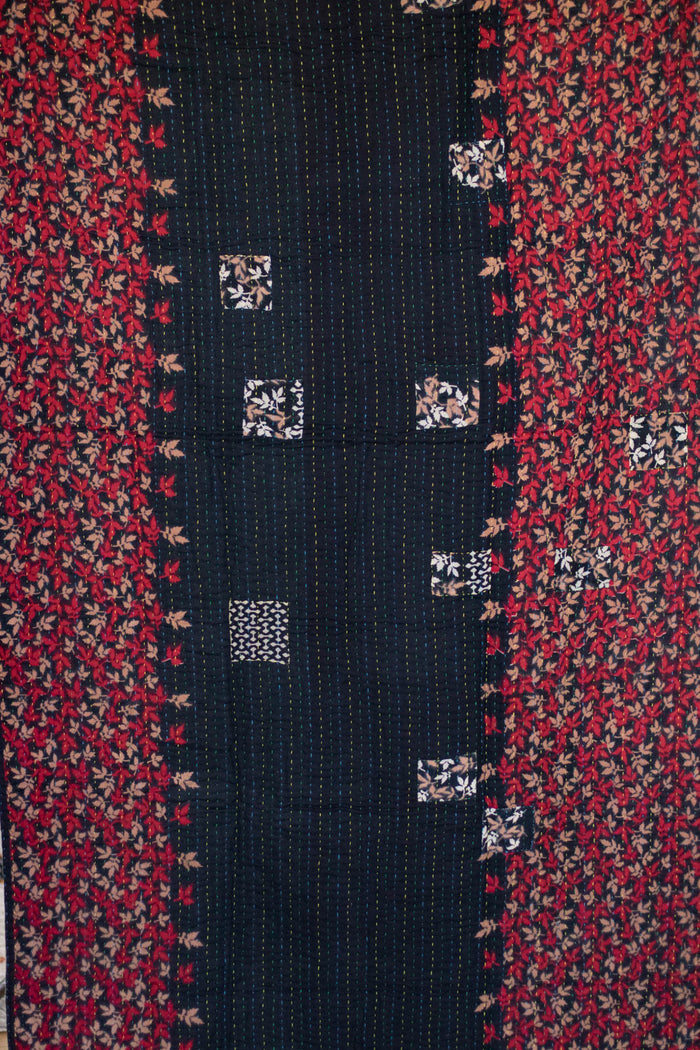
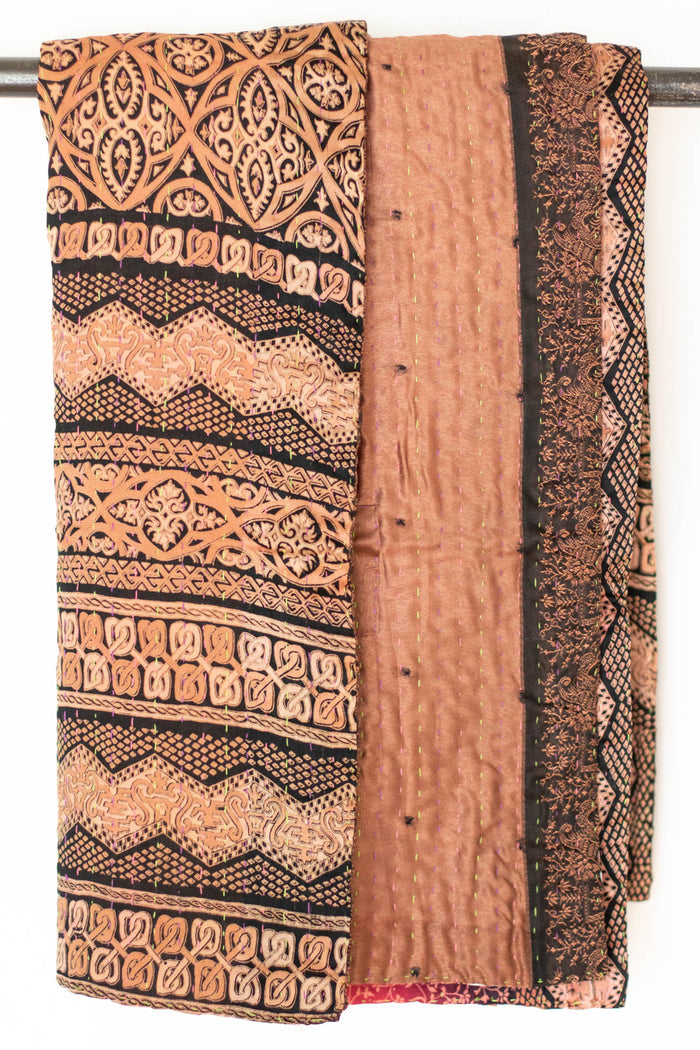
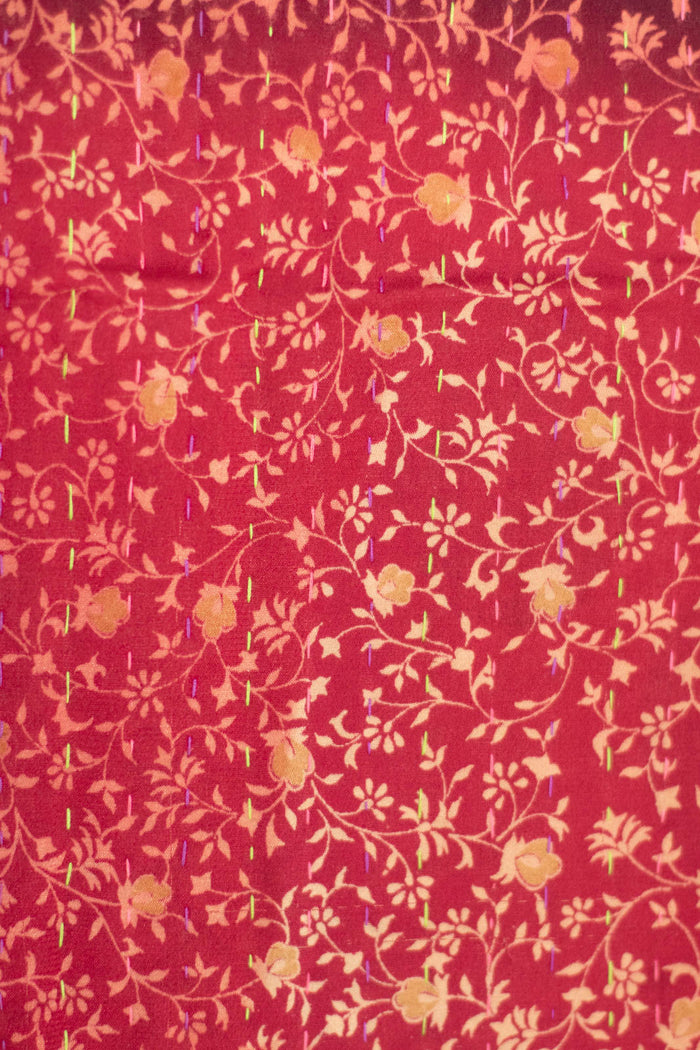
1 comment
Leave a commentBrilliant article, Shelley! Thanks!